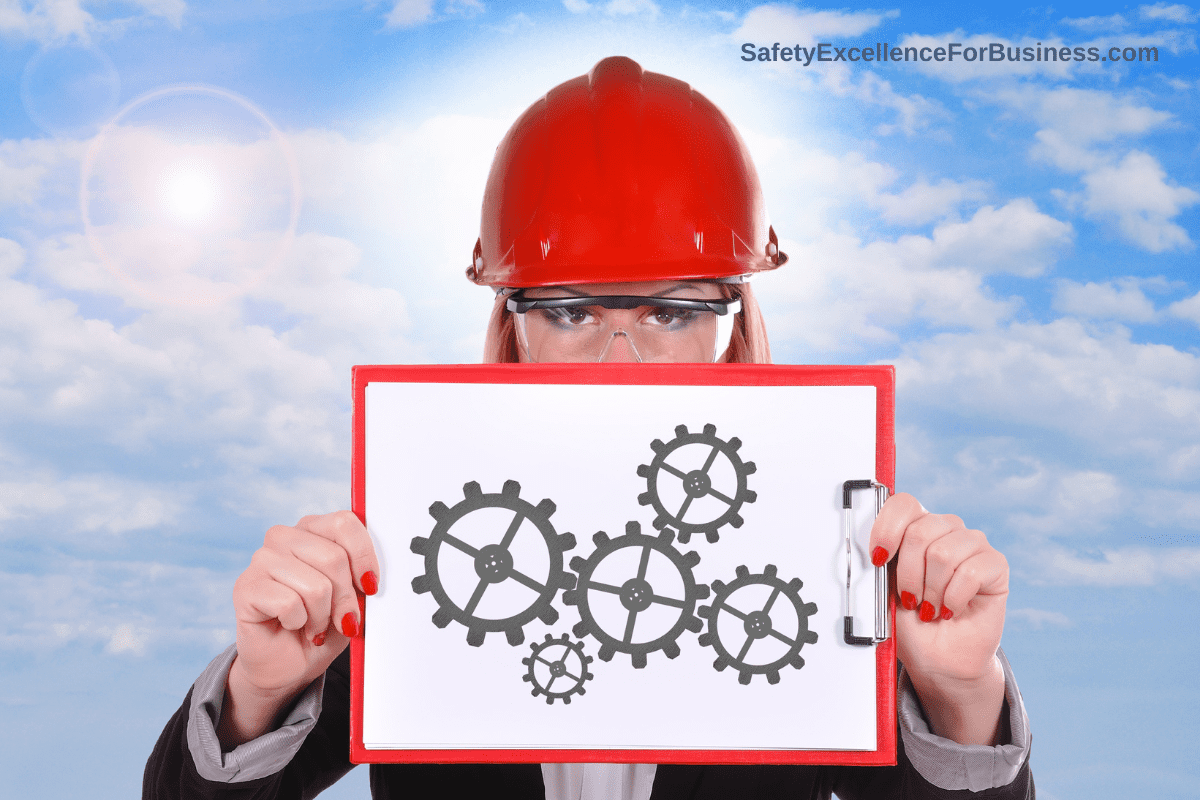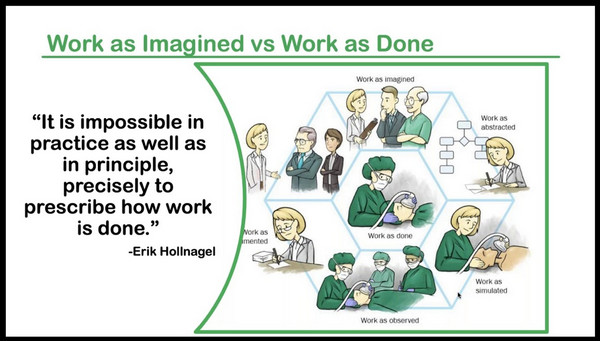It is hard to remember a time like this with so much serious stuff going on.
The COVID questions linger, the war in Ukraine is of huge concern, supply chain problems mess up schedules and production plans, the shortage of computer chips, the shortage of people to fill the jobs which forces excessive overtime and stress, inflation rising, and the move into Spring. All these distractions can cause major problems in the workplace ranging from the shortage of supplies, people, the time to get the work done, and workplace safety.

There are also many problems that have an impact on our families and cause us stress. It is hard to leave these problems at home when you go into work. These can be quite distracting leading to mistakes, incidents, and injuries.
More than ever, we need to be working in ways that will relieve some of these problems, but the answers are neither simple nor easy to implement. It is important to share information so that everyone is on the same footing and knows what is needed and going on. Doing things the same old way may not be the best approach. Get together and talk about things and see what is best. As you talk, new ideas will emerge which may be useful and apply to your own situation.
There’s a big difference to note: When you are open to other’s ideas, to discussing pros and cons, to seeking new ways for doing things, to listening to others…(rather than to doing things my way or the highway…) then good things happen…effectiveness rises! And so does your team’s attitude, and in turn, safety.
As you ponder what you will need going forward, do not forget the daily tasks relating to doing your jobs safely. Be careful with hurrying. Resist cutting corners. Don’t pencil-whip your audits and other reports. Follow up on near misses. Take the time to really talk together about what is happening and how you can best work together to get things done.
Many of the things I have been reading indicate that all these distractions are causing real problems with increased injuries and incidents. These are real situations in which we are all trying to work safely.
New Days Ahead of Us for Workplace Safety
So much of our traditional approach to improving workplace safety is based on mechanical ideas about how our organizations work to get things done. In the past, the predominant approach has been based on seeing the organization as if it is a machine and the people as interchangeable parts. This goes all the way back to Frederick Taylor’s Principles of Scientific Management, published in 1911. Rules are issued by Management or OSHA and everyone is expected to follow them. Things are driven from the top of the organization with little feedback up the line.

We live in a world of work-as-imagined, often instructed by people who have never done that work! Most people will try to do the work well, but it is hard to sustain. There are many safety professionals who are stuck in the old way of doing things, writing procedures from their office without input from the person needing to do the job. This is, sadly, still the basic top-down approach of most of the people in the American Society for Safety Professionals – with engagement and involvement of people doing the job lacking.
Now our understanding of how organizations work is changing. When organizations are seen as if they are living systems and people are vital parts, new opportunities open for success. Organizations are complex, adapting, self-organizing networks of people who come together in vital new ways.
Rather than thinking of the organization as if it were a machine with the parts grinding away, we can think of it as a vital, active network of people, self-organizing and doing excellent, sustainable work together.
A useful metaphor is to think about the sport of soccer. Everyone knows the dimensions of the field and the out-of-bounds lines. Everyone knows the rules of the game. At work in our conversations together, we co-create these boundaries and rules, so we try to live by them. In the game, the referees are like the first line supervision who are making sure everyone is playing by the rules and staying in bounds. The coaches are like the managers who are supporting, training, and helping the players be their best. The top managers are like the general managers who are setting the strategy for the game.
The players in the game are self-organizing and making decisions all the time as the game unfolds. If the coaches try to micromanage the game, the players get bogged down and that team usually does not play very well. On the other hand, when the coaches support the players and give them the space to play their best and make the decisions on the field as the game unfolds, those teams usually are the winners.

I have used this approach when I was a Plant Manager and the people achieved excellent results. Injury rates and emissions to the environment dropped by over 95%, earnings rose by 45% and earnings rose by 300%. As I have worked around the world with all sorts of organizations using this approach, similar results have been achieved, often quite quickly.







